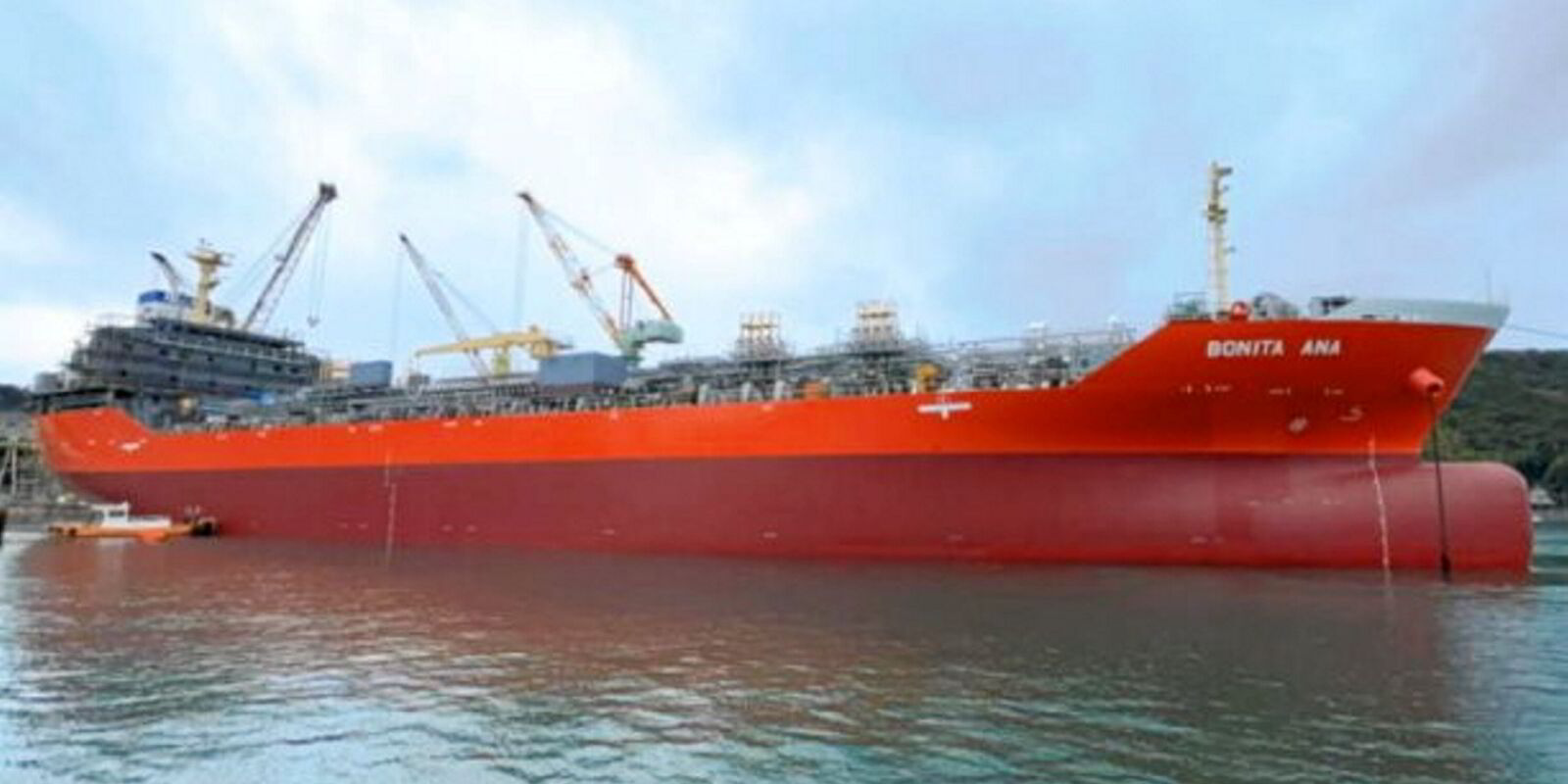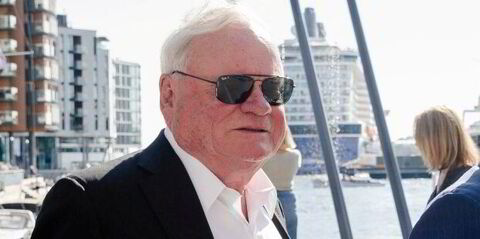Seaborne trade remains on track to register growth of more than 6% in tonne-miles this year, the fastest rate of expansion for 14 years, according to Clarksons Research.
This is despite uncertainties building in some sectors, the company noted.
“With disruption and increasing trade complexity driving voyage distances, this has significantly boosted vessel demand,” researcher Trevor Crowe said.
Volumes are on track to reach 12.6bn tonnes this year, he calculated. And tonne-miles could hit a “mind-boggling” 66.6 trillion.
This would be an increase of 6.5% on 2023, the fastest annual growth rate since 2010, when tonne-miles expanded by 8.8%.
Annual growth has averaged 2.9% since the financial crisis.
A number of factors are involved, Crowe explained, not least the huge re-routing of vessels on longer voyages to avoid Houthi attacks in the Red Sea.
Drought restrictions at the Panama Canal generated longer trips, although transits are back to normal in many sectors.
A number of commodities have also seen rapid growth in Atlantic exports to Asia.
“With underlying trade in tonnes projected to increase this year by a steady 2.4%, the 6.5% expansion in tonne-miles highlights the ‘distance-kicker’ of an additional 4.1%,” Crowe said.
Different to record year
This is different to 2010, when growth was primarily fuelled by an expansion in trade volumes in tonnes of 8.5%, mainly due to Chinese stimulus measures.
This year will see the average haul of global seaborne trade reach a fresh high of 5,268 miles, up by 6.5% on 4,945 in 2022, Crowe added.
This is the biggest jump this century, as manufacturing locations have shifted, the researcher explained.
Clarksons believes more than 4 trillion tonne-miles will be added to seaborne trade in 2024, the biggest annual gain ever.
Container shipping accounts for 1.5 trillion of this, and iron ore and crude voyages another 900bn.
“A potential return to pre-disruption Red Sea routings would have a negative ‘reverse-kicker’ impact on tonne-miles of about 3%, Crowe said.
This could take time, and is not Clarksons’ base-case scenario, however, he added.
Crowe also noted that US trade and tariff policy under Donald Trump could shape volumes and patterns.






